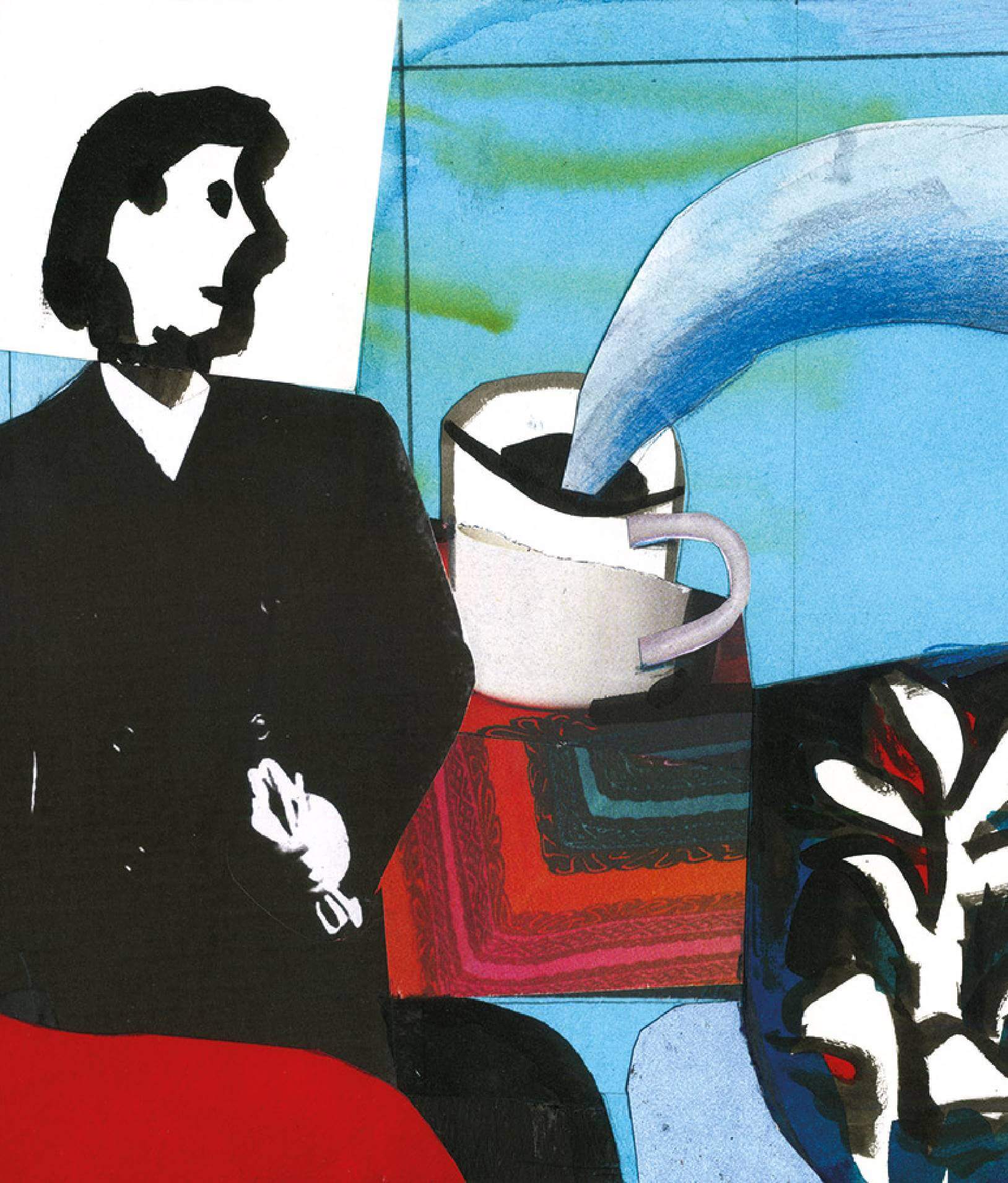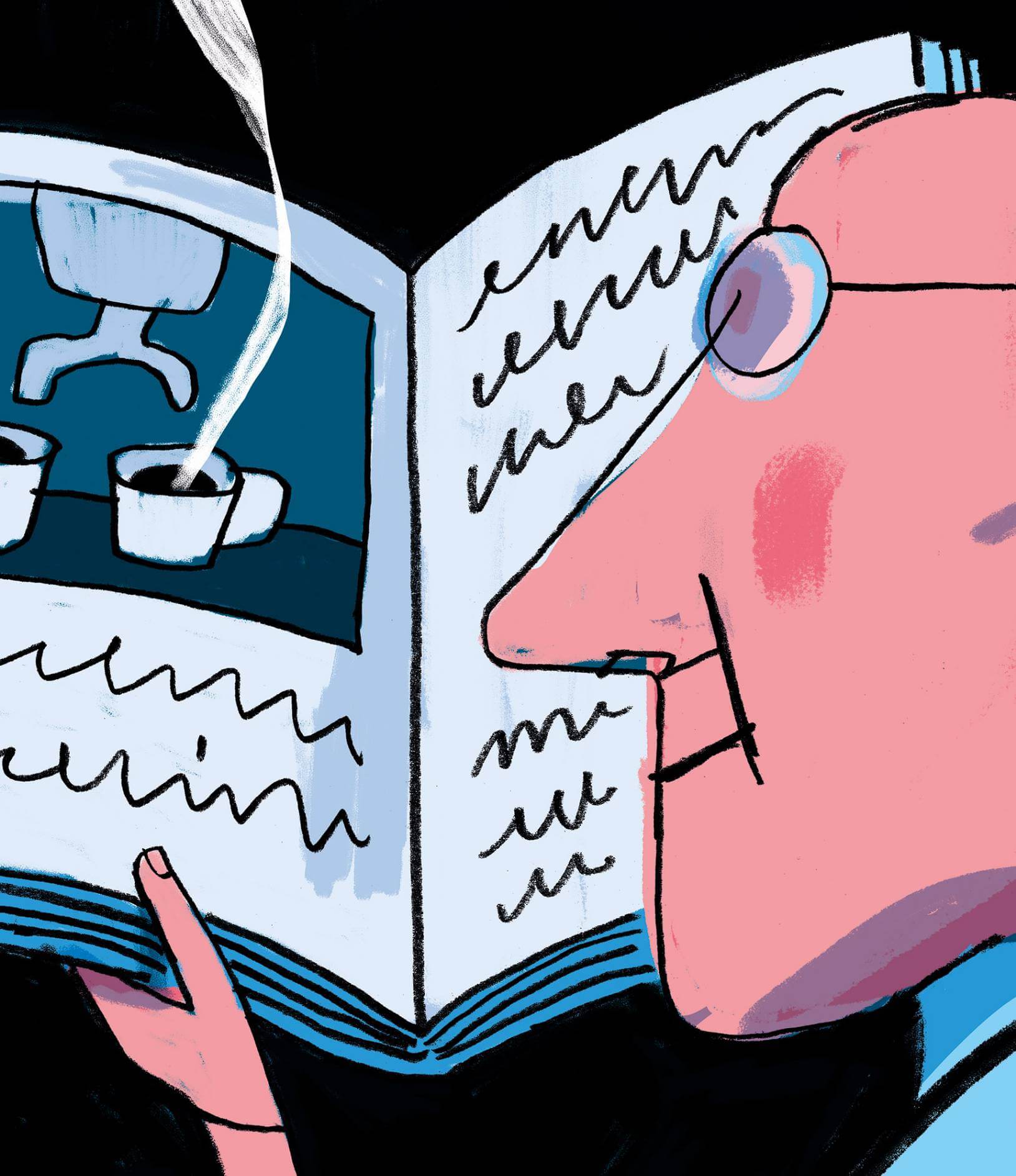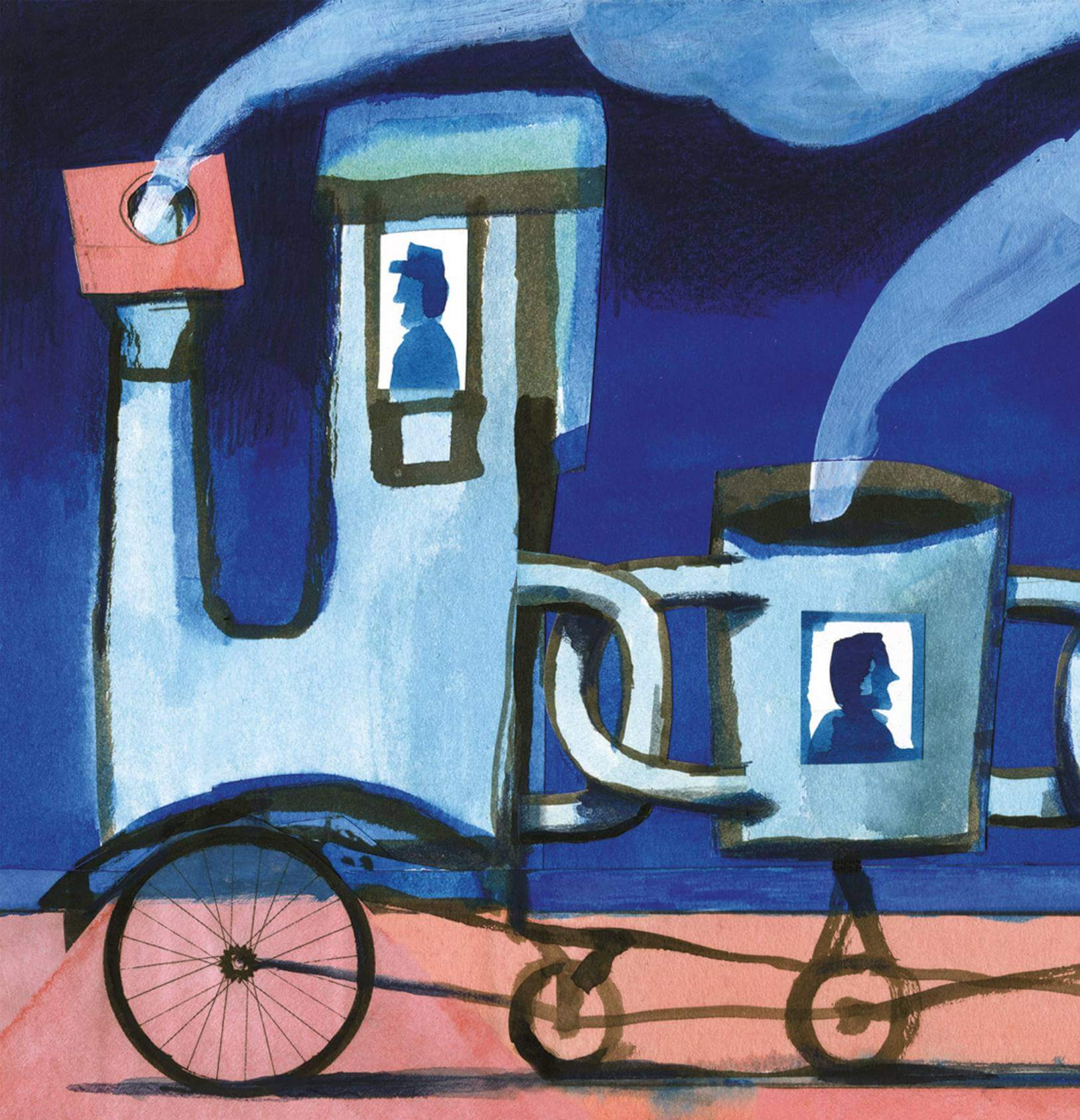Our history
“You can learn a technique, but you develop passion only through dedication, love, pride and respect for your work.”
Piero Bambi


Starting from the early years of the 1900s, coffee becomes “espresso”, meaning prepared at the moment, an innovation that improves its quality. The exotic beverage becomes the protagonist of various advertisement campaigns that aim to make it popular, and word of the new beverage reaches Florence. In the Renaissance’s birthplace, the young Giuseppe Bambi owns a small machining workshop; Mr. Ascanio Galletti, an entrepreneur, commissions him the production of a 2-group, vertical boiler espresso machine, the Fiorenza.
Even though Mr. Galletti renounces to the commercialization of these machines, Giuseppe Bambi decides to form a partnership with his brother Bruno to produce their own model. Together, they establish Officine Fratelli Bambi in 1927.
La Marzocco is born, named after the lion symbol of Florence, that can be found on top of the new machine.
The good relationships maintained by the brothers with their clients helps them continuously improve their models. In 1939, Giuseppe Bambi files a patent for an espresso machine with a horizontal boiler, the first of its kind, making it viable to install more groups and making the machine much more ergonomic. The Second World War forces the two brothers to a stop, since the entirety of the country’s production must be focused on the war effort. During the war, the patent for the horizontal boiler expires, and in the following years the horizontal boiler becomes the industry standard.
In the post-war period, with the advent of the lever machine, espresso coffee becomes what we all know: the intense 14 bar pressure applied to the coffee extracts its oils, creating the crema caffè. In a short time, espresso coffee becomes the world-famous national beverage. La Marzocco produces its own series of lever machines.

In 1961, the extraction pressure is stabilized at 9 bar by the introduction of the volumetric pump, that maintains the pressure constant and changes the extraction process once again. In the same year, the Bambi Brothers open a new factory on the hills north of Florence, where the espresso machines workshop is paired with a carpentry producing bar furniture.
Due to the new location, in 1966 they are spared by the flood that hits Florence, and they help their clients back on their feet for free, in order to help them reopen their bars at the earliest.

In 1970 La Marzocco files a patent for the GS model, the first machine with a double boiler and saturated brew groups: one of the independent boilers can produce steam without interfering on the temperature of the other, that remains stable and ready for coffee brewing. GS stands for “Gruppo Saturo” meaning saturated brew group: the group heads, directly connected to the boiler, and designed in a way that enables the water to circulate inside them continuously, maintain the temperature constant, helping to replicate an excellent extraction over and over.
This new technology has immediate success in Italy and abroad, where is adopted by Starbucks, that starts using the Linea Classic from 1990. Starbucks keeps using La Marzocco machines until 2005.


In 1995, La Marzocco welcomes its new American partners and reorganizes its structure, beginning a slow growth thanks to a new generation. La Marzocco modernizes its brand and opens to new markets.
From 2000 to 2008 La Marzocco is the official sponsor of the World Barista Championships; the sponsorship helps connecting the brand with several world barista champions, that become brand ambassadors.
In 2009, La Marzocco moves into a newer, more efficient factory 30 kms north of Florence, in the town of Scarperia. At the beginning of the same year, La Marzocco introduces the Strada, a machine designed taking into account the opinions and the advice of a committee of baristas, technicians and marketing experts, that revolutionizes specialty coffee, thanks to its personalized pressure profile feature.
In the spring of 2015, the company presents the Linea Mini, a machine specially designed for the home baristas; the machine, with its reduced size, has the same design and performance of a commercial machine, including the quality components, redesigned for the kitchen. The Linea Micra gets launched in 2022, as the first machine designed exclusively for being used at home. Featuring the typical La Marzocco quality in an ultra-compact size, the new member of the Home range makes it easy for home baristas and espresso enthusiasts to prepare an excellent coffee in the comfort of their home, reaching the ideal espresso temperature in just five minutes.
